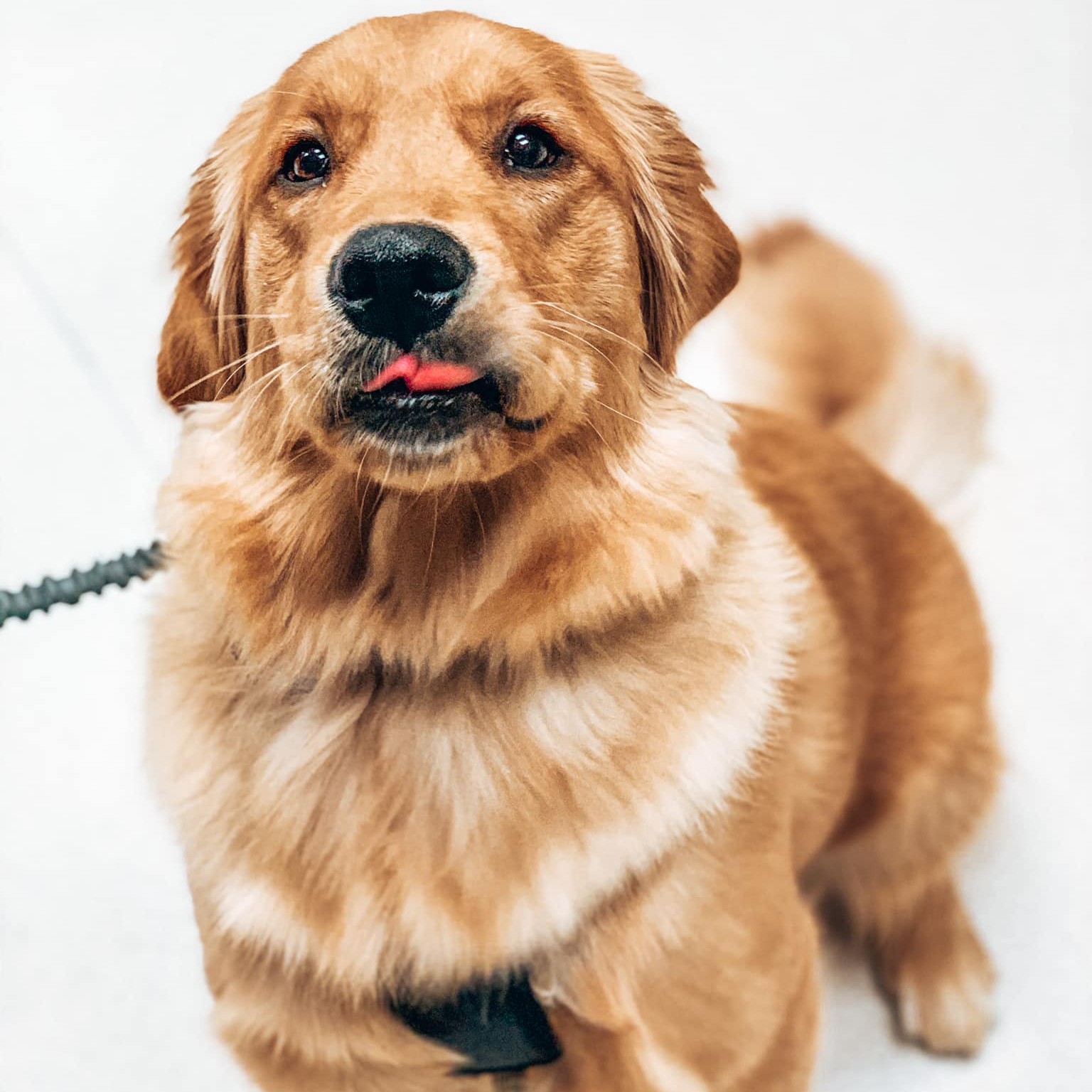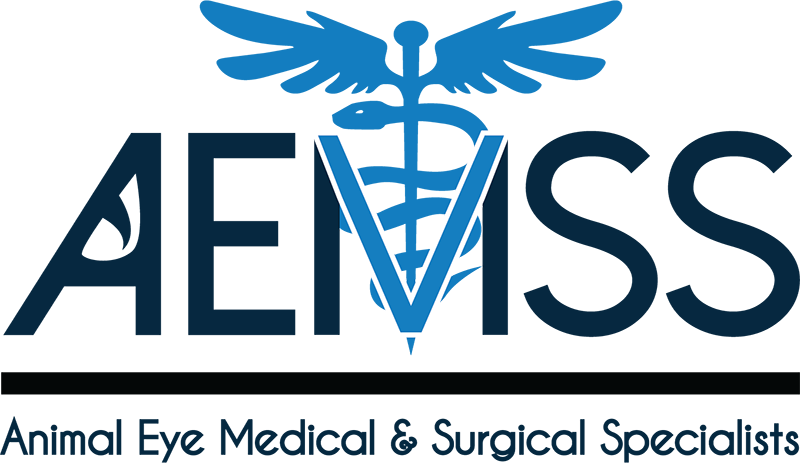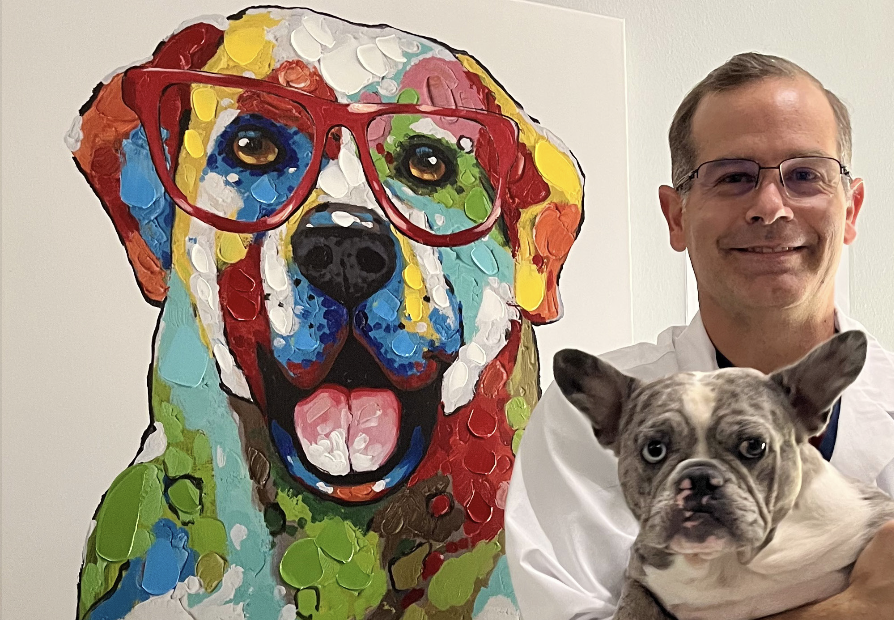Pet Retinal Dysplasia in Katy, TX
Retinal dysplasia is a serious condition that affects the normal development of the retina in pets. This condition can lead to vision impairment or even blindness, making early detection and management crucial. At Animal Eye Medical & Surgical Specialists in Katy, TX, our team is dedicated to providing expert care to manage your pet’s ocular health.
Understanding Retinal Dysplasia in Pets
Retinal dysplasia is a condition characterized by the abnormal development of the retina, resulting in folds or rosettes within the retinal tissue. This irregularity can occur in various forms, from mild cases with minimal impact on vision to more severe instances that significantly affect a pet’s ability to see. Recognizing and addressing retinal dysplasia early is important for your pet’s ocular health.
Signs of Retinal Dysplasia
In many cases, retinal dysplasia may not present any outward signs, particularly if the condition is mild and vision remains unaffected. However, in more severe cases, you might notice signs such as:
- Impaired vision or blindness in one or both eyes
- Difficulty navigating or bumping into objects
- Unusual eye movements or behaviors
Since pets cannot communicate vision problems, it’s important to observe changes in their behavior that might indicate an issue with their eyesight. If you suspect your pet is having trouble seeing, a thorough eye examination is essential. Call us today at 832-437-0119 to schedule an appointment and ensure your pet’s eye health is thoroughly evaluated.


Causes of Retinal Dysplasia
Retinal dysplasia can arise from various factors, including:
- Hereditary Factors: Certain breeds are more predisposed to retinal dysplasia, with the condition being passed down from one generation to the next.
- Intrauterine Trauma: Injuries or disturbances during fetal development can lead to retinal abnormalities.
- Viral Infections: Exposure to certain viruses, particularly during pregnancy, can disrupt the normal development of the retina.
- Nutritional Deficiencies: Lack of essential vitamins and nutrients during crucial stages of development can also contribute to retinal dysplasia.
- Toxicities: Exposure to certain toxins or drugs can adversely affect retinal formation, leading to dysplasia.
Managing Retinal Dysplasia in Pets
Unfortunately, there is no cure for retinal dysplasia. Treatment focuses on managing symptoms and preventing further complications. Key management strategies include:
Regular Eye Examinations
Ongoing monitoring of your pet’s eye health helps detect any changes in their vision early, allowing for timely intervention.
Environmental Adjustments
Modifying your pet’s environment can accommodate vision loss and enhance their comfort.
Genetic Counseling
For pets with hereditary retinal dysplasia, avoiding breeding is recommended to prevent passing the condition to future generations.
Key Services at Animal Eye Medical & Surgical Specialists
Comprehensive Eye Examinations
Detailed assessments to identify retinal dysplasia and other ocular conditions early.
Advanced Diagnostic Tools
Utilizing cutting-edge imaging and diagnostic techniques for accurate detection and monitoring of retinal abnormalities.
Personalized Care Plans
Custom treatment strategies designed to meet the specific needs of your pet.
Experienced Veterinary Ophthalmologists
Specialized care provided by a team with extensive experience in managing complex eye conditions.

